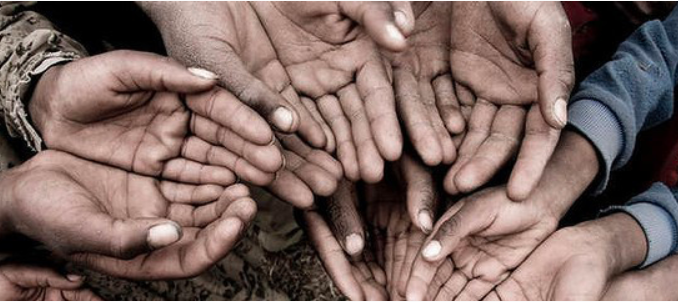
There was a combined feeling of hope and happiness when the Sustainable Development Goals agenda was birthed in 2012 at the United Nations Conference on Sustainable Development in Rio de Janeiro, Brazil. The year 2030 seemed like a long walk across the globe to attaining the goals. Eight years after, it is estimated that over 821 million people, that is one in every nine people, still go to bed on an empty stomach every night. That shows we are still so far from attaining the first two Sustainable Development Goals: No Poverty, and Zero Hunger.
The global food production is estimated to be more than enough to daily feed the 7.8 billion population in the world, yet, people are still hungry and farmers are the poorest people on earth.
According to the International Fund for Agricultural Development, three quarters of the world’s poorest and the most under-nourished people live in the rural areas in the developing countries. Most of these men and women depend on small-scale agriculture for their livelihood.
Everybody eats; so, ideally, farmers should have no worry about the market of their produce because they should always sell and make huge profits. But the irony is that the world’s poorest people are farmers. This is as a result of little or no technological development in the rural areas which results to subsistent means of production. Hunger and poverty are strongly interwoven as poverty is one of the driving causes of hunger while hunger is also a cause of poverty, states Akin Alabi, an entrepreneur.
A critical look at the country’s food system, that is, all process and infrastructure involved in feeding starting from cultivation, harvesting, processing, packaging, transport, marketing, distribution, consumption and disposal of food and food related items, will give a glimpse into the source of the challenges.
The practice of rain-fed agriculture results to seasonal food production in most sub-Saharan Africa countries leading to a glut of farm produce. With little or no infrastructure in place for storage, processing and packaging, the farmers’ bargaining power is reduced. They are left with no other alternative than to sell off the produce at the available market price to avoid total loss from damage and spoilage especially for vegetable crops with short shelf life.
Attaining the no poverty, zero hunger goals requires an inclusive approach to the promotion of rural development. Farming has to go beyond the traditional norms of cultivation due to the availability of land or as the last resort to unemployment. We cannot solve our problem with the same thinking we used when we created them.
Agribusiness with the incorporation of Artificial Intelligence should be the focus of anyone into or venturing into farming. An enabling environment and infrastructure for the farmers to thrive should be the drive to reducing poverty and hunger.
Adequate information at the right time is the key to the growth in agriculture. Rural farmers should also be provided with adequate and updated information on climate change, its effect and adaptable practices to improve production at the grassroots level. Weekly, if not daily weather forecast, training on new and good agronomy practices, access to good quality seeds, seedlings and inputs at the right time, market information and market linkage, irrigation facilities should be provided for the rural farmers.
Development of rural road network in promoting easy access from farm to the market will also play a vital role in improving the economic status of rural farmers.
Food is oxygen, food is life and no one should be deprived of life. It is a basic need, not a want and its availability backed up with the economic power to obtain it in the right quantity and quality at the right time will go a long way in attaining the No Poverty, Zero Hunger global objectives.
Ms Chidinma Eze, an agronomist and climate change activist, is based in Abeokuta, Ogun State.
END

Be the first to comment